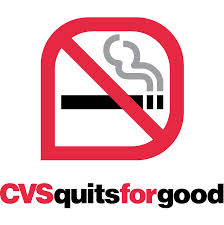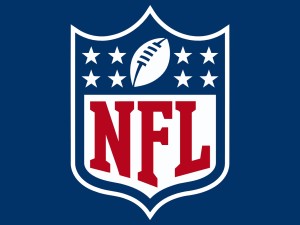They are a strange breed, to be sure. Those who would rise before the sun on the day after Thanksgiving, race to a strip mall and barrel past a sea of fellow humans, wildly hunting for a flat screen TV.
For the more seasoned Black Friday shoppers, strategizing comes weeks in advance; this is their ‘Super Bowl’ after all, and as such can’t be taken on half-heartedly. The push has driven stores to open earlier and earlier on Black Friday, with some going so far in recent years as to open on Thanksgiving Day just to get a jump on the action.
But at what cost? For some of these businesses, opening on Thursday has been seen as the blatant dismissal of the holiday to make way for the onslaught of super consumers. Social media is filled with posts and tweets from those who plan to boycott companies they see as devaluing family time in the name of making their cash registers ring through the night.
On the other hand, numbers don’t lie. According to a recent Accenture study, 55 percent of shoppers polled across the country say they will hit stores on Black Friday, while 45 percent plan to get a jump start by heading out Thanksgiving Day.
Retailers are in business to make money, but one wrong publicity move can cost more than the revenue numbers generated in one day; even the biggest shopping day of the year. So how do the big names decide which way to go on the Thanksgiving debate?
For Costco, the answer is simple; they say they close to give their employees a break during a time of year which already requires a lot from them. Barnes & Noble announced on its website that it would be closed on Thanksgiving so that booksellers could be with their family and friends.
On the other end of the scale, Kmart issued a statement saying they will be open from 6:00 a.m. on Thanksgiving to midnight on Black Friday in an effort to offer early bird shopping and a place to run for last minute entertaining needs. Best Buy said it considered the position of its employees, but ultimately catered to customers who clearly want to start shopping earlier.
Regardless of which side of the fence a retailer falls on when it comes to this issue, the key is to know the customer. Nordstrom has determined that their target shoppers would rather be home on Thanksgiving and would feel better about frequenting a department store that agrees with them. Best Buy knows that bargain electronics shoppers can barely be held out by a locked door, so they might as well open it.
Starbucks took another position, opening in some locations to act as gathering spots for the community. Not a bad option for those who may not have formal holiday plans, and appreciated by those who would choose a chai latte with friends over a turkeyfest somewhere else.
The case for early holiday shopping is just another twist on a well established theme: know your customer. Really know them; not just what they buy, but how they live, what they prioritize, and how they see you within the context of those factors. In the interactive world of social media and two-way marketing, there are more ways than ever to tune in and deliver what your target customer needs.
If you are ready to start with the basics and get to know your target client well, we can help. Give us a call at 203.762.8833 and let us take you through the questions that need answers and the resources available to generate them. From there, we can help you build a real relationship with your customer base. Almost like a family at Thanksgiving dinner.
– BML


 Football season is well underway, and while much of the NFL’s media coverage includes actual scores, stats, and highlights, a large portion has centered on the real life crime drama playing out off the field.
Football season is well underway, and while much of the NFL’s media coverage includes actual scores, stats, and highlights, a large portion has centered on the real life crime drama playing out off the field.